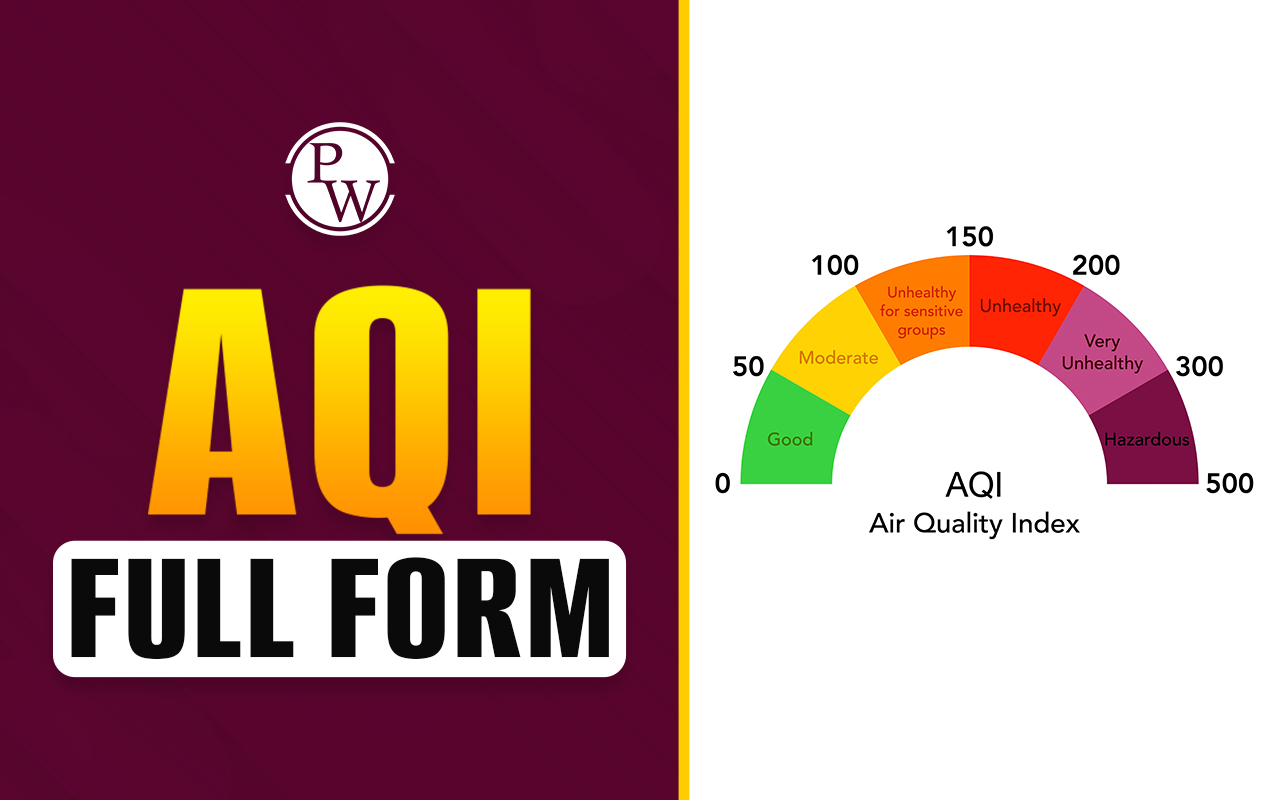
PFMS stands for Public Financial Management System. It is an important tool for governments to ensure efficient and transparent financial management. Further, it provides a platform for the government to keep track of all its financial transactions and activities.
With the help of PFMS, governments can easily monitor their budget allocations, expenditures, investments, and revenues. Additionally, it helps them better manage their resources and plan for future projects.
Moreover, PFMS helps streamline the overall process of public financial management by reducing paperwork and providing real-time updates on various financial activities.
What is PFMS?
Public Financial Management (PFM) is a crucial aspect of governance, which refers to the processes by which governments plan, allocate and use public resources effectively and efficiently. This system encompasses the complete cycle of public resource management, from budget formulation to execution, accounting, and auditing.
The Public Financial Management System (PFMS) has connected with the treasury systems of all 28 states and two union territories with legislatures to exchange information about budget, allocation, and expenditure of the central transfer of funds for the government's centrally sponsored schemes
PFMS serves as the backbone of the government's payment system. This system is linked to over 300 banks' core banking systems, including public sector banks, regional rural banks, major private sector banks, the Reserve Bank of India, India post, and cooperative banks. This capability enables online payments to beneficiaries/vendors only after validating their accounts. PFMS aims to establish universal integration with all banks in India and has also established an interface with the NPCI (National Payments Corporation of India) for Aadhaar-linked payment
History of PFMS
The Office of the Controller General of Accounts launched the Central Plan Schemes Monitoring System in 2009, which became PFMS (Public Financial Management System) later on. Its purpose was to support and track all government schemes in India. In 2014, the Office of the Controller General of Accounts upgraded the system to digitise records and incorporate new features at various stages.
Additionally, the PFMS website is organised into clear and concise categories. Farmers, health, social security and pensioners, women and children, and several other categories are available to choose from.
Why is PFMS Necessary?
A well-functioning PFMS ensures the government's accountability and transparency in the use of public funds.
One of the key components of PFM is budget preparation, which includes identifying priority areas, resource allocation, and preparing a comprehensive budget plan.
Another critical aspect of PFM is financial reporting, which provides information on the government's financial performance and helps ensure accountability to citizens. Regular financial reporting, including the production of annual financial statements, helps ensure that the government's financial performance is transparent and that resources are being used responsibly.
Features of PFMS
- PFMS enhances the financial framework by establishing a reliable source of funding. It provides various stakeholders with timely, accurate, and thorough financial data.
- Governments across all levels can use it. This includes integrating central government departments, centrally-supported schemes, and other financial transactions such as commission awards.
- PFMS allows direct transfer subsidies into individuals' bank or post office accounts if necessary. By streamlining these financial processes, PFMS helps the government to achieve a more efficient and effective financial framework.
PFMS 2.0
The Office of Controller General of Accounts (O/o CGA) aims to transform the current PFMS (Public Financial Management System) into PFMS 2.0. Focusing on improving processes and user experience. PFMS 2.0 will feature new functionalities, enhanced core areas, and an end-to-end digital experience. Additionally, the new system will address technical challenges such as scalability, performance, and stability through the use of sharding-based database architecture, artificial intelligence, and blockchain technology.
Furthermore, the PFMS 2.0 will include a comprehensive data warehouse, data cleansing, fraud analytics, and security framework. Moreover, it will be developed using design thinking and persona-based user journeys to create an effective, efficient, productive, and engaging platform.
[wp-faq-schema title=" Full Form of PFMS FAQs" accordion=1]
What is the Public Financial Management System (PFMS)?
How does PFMS benefit the government and citizens?
How is PFMS integrated with the banking system in India?
What is the role of PFMS in facilitating online payments?
How does PFMS ensure the authenticity of Aadhaar-linked payments?










